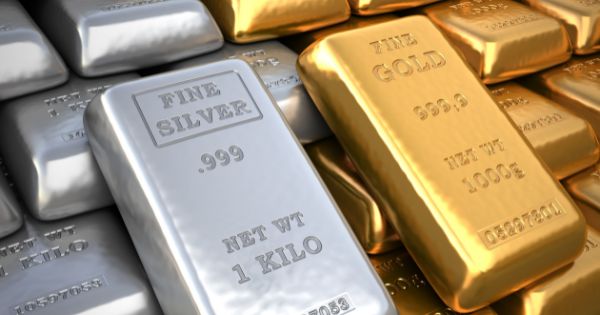Scott Tominaga on A Simple Guide to Diversifying Your Portfolio with Precious Metals
Precious metals have long been regarded as a reliable store of value, especially in times of economic uncertainty. According to Scott Tominaga, for investors looking to diversify their portfolios, precious metals like gold, silver, and other options such as platinum and palladium offer a tangible, safe-haven investment. Whether used as a hedge against inflation or to balance risk across various asset classes, these metals can play a crucial role in any long-term investment strategy.

Why Invest in Precious Metals?
Precious metals are a unique asset class that provides several benefits to investors. One key reason people invest in metals like gold or silver is their ability to preserve value, particularly during periods of economic instability. When stock markets fluctuate, or inflation rises, precious metals tend to hold their value, making them a popular hedge.
Additionally, precious metals offer diversification. Since they often move independently of stocks, bonds, and other financial assets, adding metals to your portfolio can help reduce overall risk. This diversification is especially important during market downturns, when traditional investments may underperform while precious metals retain their worth.
Lastly, metals like gold and silver are universally recognized and have been used as currency and trade assets for centuries. Their inherent value is less subject to market trends, making them a reliable option for preserving wealth over the long term.
Gold: The Classic Choice
Gold remains the most popular precious metal for investors, and it’s easy to see why. Known for its stability, gold is a safe-haven asset during times of geopolitical tension, currency devaluation, or inflation. Investors can purchase gold in a variety of forms, including physical bullion (bars or coins), exchange-traded funds (ETFs), or shares in gold mining companies.
Physical gold is appealing to those who prefer a tangible asset, while ETFs and stocks allow for easier liquidity and the convenience of trading without needing to store the physical metal. The key to gold investing is understanding that its price tends to rise when other markets are struggling, making it a strong counterbalance in a diversified portfolio.
Silver: The Affordable Alternative
For those looking to enter the precious metals market at a lower cost, silver presents a more affordable option compared to gold. Although it has a lower price per ounce, silver offers strong growth potential and many of the same benefits as gold, including acting as a hedge against inflation.
Silver also has significant industrial demand, being used in electronics, solar panels, and various other industries. This industrial use adds a unique dimension to silver as an investment, as its price can fluctuate based on changes in global demand for these products.
Other Precious Metals: Platinum and Palladium
Beyond gold and silver, metals like platinum and palladium offer additional opportunities for diversification. Platinum is rarer than gold and is often considered more valuable during times of strong industrial growth, as it is widely used in automotive manufacturing and other industries. Palladium, also used in manufacturing, especially in catalytic converters, has seen a surge in demand in recent years, making it an increasingly attractive investment option.
However, due to their industrial applications, these metals are more volatile than gold or silver, so they may suit investors with a higher risk tolerance who are looking for potential gains in the industrial sector.
Scott Tominaga explains that investing in precious metals is an excellent way to diversify your portfolio, hedge against inflation, and protect wealth over the long term. Whether you opt for the classic stability of gold, the affordability and growth potential of silver, or the industrial appeal of platinum and palladium, precious metals offer a valuable counterbalance to traditional investments. As with any investment strategy, understanding your financial goals and risk tolerance is key to choosing the right metals for your portfolio.
References:



Leave a Reply